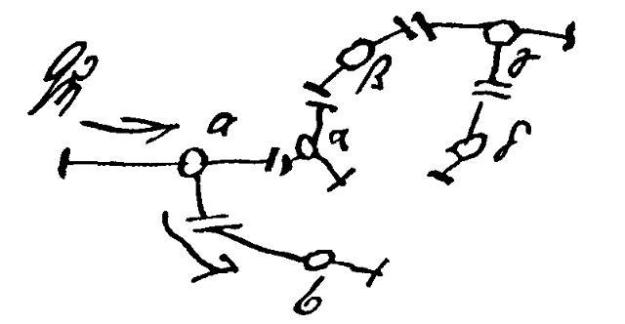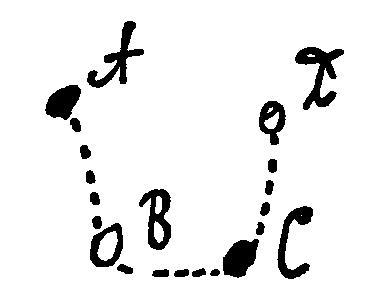The program in Visual Studies at UC Irvine holds a graduate conference every year. This year, the theme is titled, “Into the Sun: Light and Atmospherics of the American West” (CFP can be found here). Given my dissertation research on the siting and development of utility-scale solar facilities in the southwest deserts of the United States, I couldn’t not submit something (despite my being strapped for time). My hope is that this will turn into part of the second chapter. Anyway, here it is:
“Light, Air, and Color”
Solar Logics in John C. Van Dyke and the Development of the American Southwest
In 1901, John C. Van Dyke, a classically trained art historian and renowned Rembrandt scholar, published what many consider to be the first formal aesthetic treatment of the American southwest, titled The Desert: Further Studies in Natural Appearances.[1] While doubts have been cast on the veracity of Van Dyke’s solo excursions into the deserts of California, Arizona, and Mexico,[2] scholar David Teague correctly argues that Van Dyke’s text “has colored American perceptions of the desert for the past ninety years…[and] he and his book provide an opportunity to understand better the process by which our culture learned to appreciate arid landscapes.”[3]
Central to this appreciation is Van Dyke’s analysis of light, air, and color. Desert light, he suggests, cannot be understood without a study of desert air, which has “something almost inexplicable about it. It seems so thin, so rarefied; and it is so scentless—I had almost said breathless—that it is like no air at all. You breathe it without feeling it, you look through it without being conscious of its presence.”[4] But, Van Dyke notes, here lies a contradiction because, while desert air is so transparent so as to be an almost non-medium, it is “very easily recognized by the eyes” in its colors, in the “coloring of the atmosphere on the Colorado and the Mojave [which] is oftener pink, yellow, lilac, rose-color, sometimes fire-red.”[5] The beauty of desert landscapes, therefore, “lies not in the lines of mountain, valley and plain, but in the almost formless masses of color and light.”[6] As Alessandra Ponte and Marisa Trubiano argue, for Van Dyke, “Living in the desert means inhabiting a space defined by light, imbued with color. The desert is the house of pure visibility; this why Van Dyke feels at home there. Total triumph of the visible.”[7]
If the American desert is the house of light and color, as Ponte and Trubiano formulate it, this presentation develops the following questions: Who lives in this house, is able to live in it, has been living in it, and will live in it? How does light, and “solarity” more generally, have the ability to constitute sight, and sight the ability to constitute notions of the political, of subjectivity, of belonging and non-belonging? Beginning with Van Dyke’s treatise, this presentation will explore these questions in the context of recent utility-scale solar developments in the Mojave, which have been described as “our moment of encounter, of possibility, a moment of great meaning and importance for our country, our state, our community, our family that is here and our children to come and their children to come.”[8]





